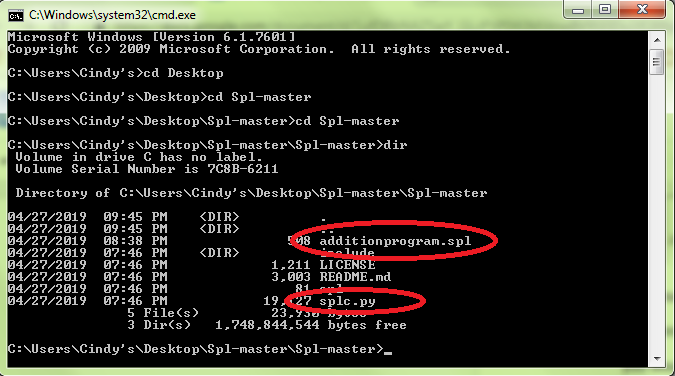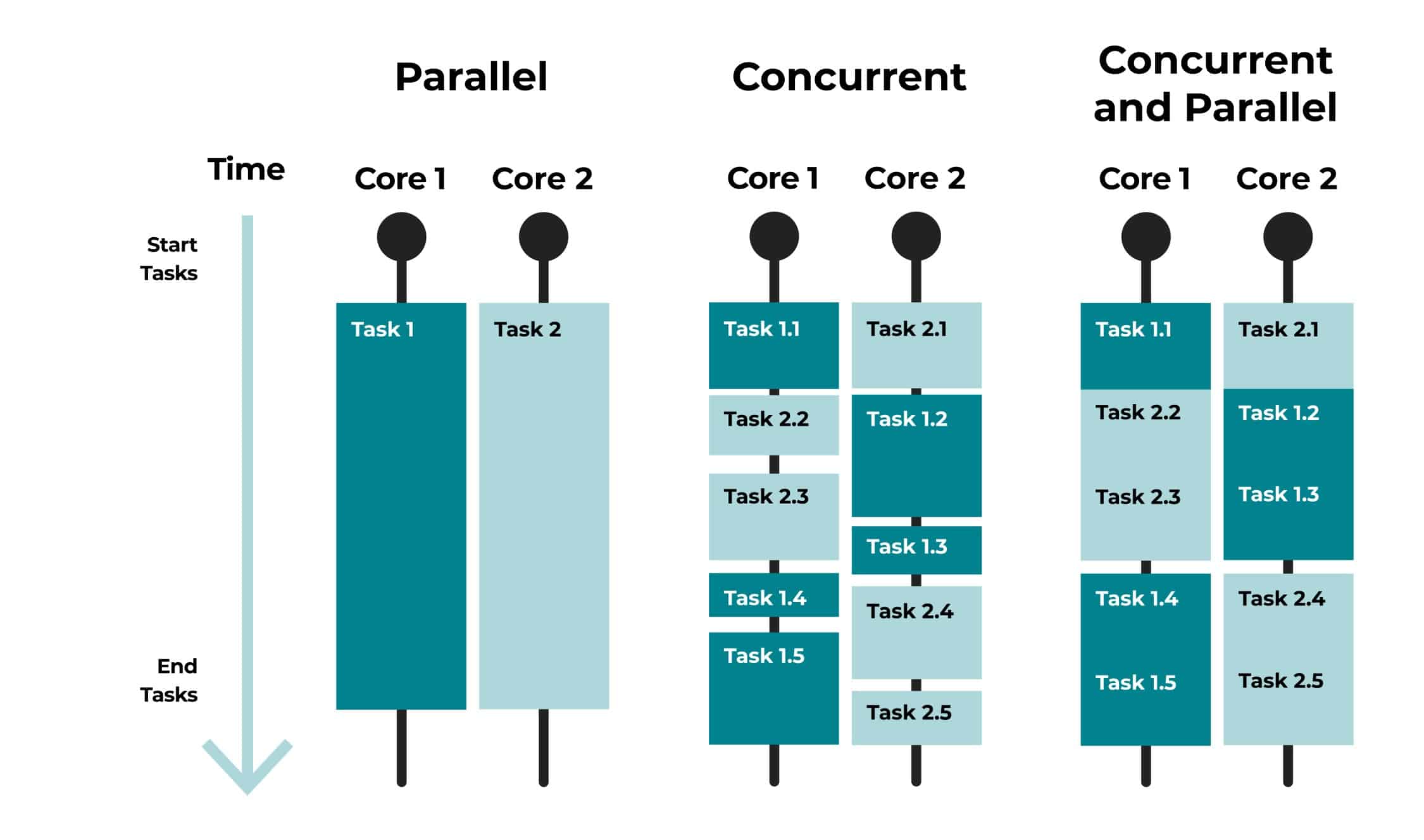Imagine over 60% of bugs in concurrent systems arising from synchronization issues. This highlights how vital mastering overlooked concurrency techniques can be.
Most developers know the basics, but have you thought about the impact of embracing immutability or finer-grained parallelism? These and other strategies can boost your system’s efficiency and resilience under heavy loads.
Curious about how these techniques can transform your approach to concurrent programming? Stick around for insights that could make your applications not just quicker, but rock-solid under pressure.
Embrace Immutability for Thread-Safe Data Structures
When you’re diving into concurrent programming, embracing immutability is a game-changer. It guarantees your data structures stay thread-safe without needing to mess with complicated synchronization tools.
By making objects immutable, you ensure their state can’t change once they’re created. This nixes race conditions and makes debugging a whole lot easier. Forget about locks or other synchronization constructs; your code becomes more efficient and easier to understand.
Think about it: no more worries about threads stepping on each other’s toes. You can focus on writing clean, maintainable code. And honestly, who doesn’t want that?
Plus, your debugging sessions will be less of a headache since there’s no changing state to chase down.
Opt for Finer-Grained Parallelism to Improve Performance

Want to boost performance in your concurrent applications? Aim for finer-grained parallelism to get more tasks running at once. This helps you make the most of your resources and cut down on bottlenecks.
Here are some tips to get you started:
- Break tasks into smaller chunks. Think of it like chopping veggies for a salad—you get more done faster.
- Use thread pools smartly. They’re like a well-organized team, ready to tackle jobs as they come.
- Tap into parallel libraries. They’re your secret weapon for handling multiple tasks efficiently.
- Minimize shared resources. Less sharing means fewer traffic jams.
- Tweak your synchronization mechanisms. It’s like finding the perfect balance in a dance.
Try these out and watch your app’s performance soar!
Utilize Asynchronous Message Passing for Loose Coupling
Once you’ve nailed down the nitty-gritty of parallelism, it’s time to think about using asynchronous message passing to keep things loosely coupled in your concurrent applications. What does that mean in plain English? Well, it lets different parts of your system chat with each other without waiting around.
This approach supercharges scalability and makes your system tougher against hiccups. By keeping these components separate, you cut down on dependencies, making your app more resilient and easier to maintain, even when traffic spikes.
Imagine your app like a team of chefs in a kitchen. Instead of bumping into each other while waiting for someone to finish chopping veggies, each chef can work independently and just pass notes when they need to. This way, the kitchen runs smoothly, even when there’s a sudden rush of orders. And hey, if one chef drops a bowl, the others can keep cooking without missing a beat.
In short, asynchronous message passing makes your system more like that well-oiled kitchen. It’s all about enhancing efficiency, ensuring your app remains stable, and making future tweaks a walk in the park. So give it a shot—it’s a game-changer!
Leverage Software Transactional Memory for Synchronization

Leverage the power of Software Transactional Memory (STM) to make synchronization a breeze and boost the robustness of your concurrent programming.
With STM, you can steer clear of deadlocks without breaking a sweat. Roll back changes smoothly when conflicts arise. Ensure operations are atomic. Gain precise control over shared data. Improve code readability and maintainability.
STM isn’t just for experts—it’s for anyone looking to simplify their code and make it more reliable.
Imagine effortlessly handling complex synchronization issues and saying goodbye to common pitfalls. STM lets you focus on what really matters: building great software.
Employ Scalable Algorithms and Data Structures
When you’re working on concurrent programs, making sure they can handle more work efficiently is key. Scalable algorithms and data structures come into play here. One smart move is using lock-free data structures to cut down on bottlenecks. You might also want to check out concurrent queues or hash maps to speed things up. Steer clear of simple implementations that don’t play nicely with multiple threads.
By following these tips, you’ll keep your systems fast and smooth, even under heavy loads.
Now, let’s break that down a bit. Imagine you’re in a busy kitchen. If everyone tries to use the same knife, you’ll get a traffic jam at the cutting board. Instead, give each chef their own knife—this is like using lock-free data structures. It keeps things moving without everyone waiting in line. And those concurrent queues? Think of them as different prep stations where chefs can grab their ingredients quickly without bumping into each other.


















